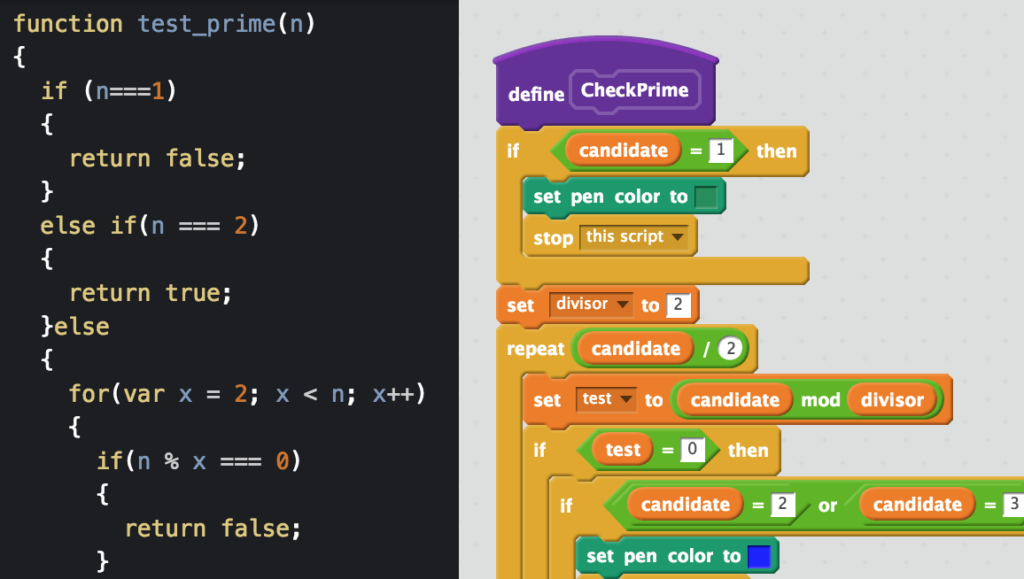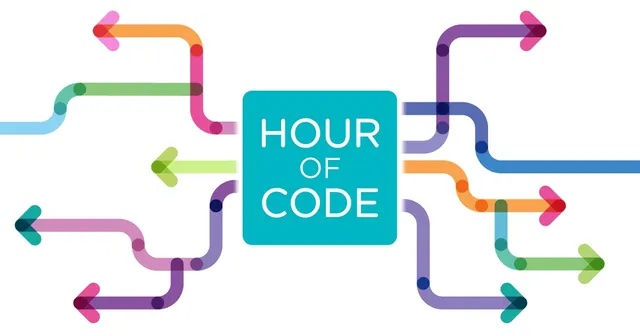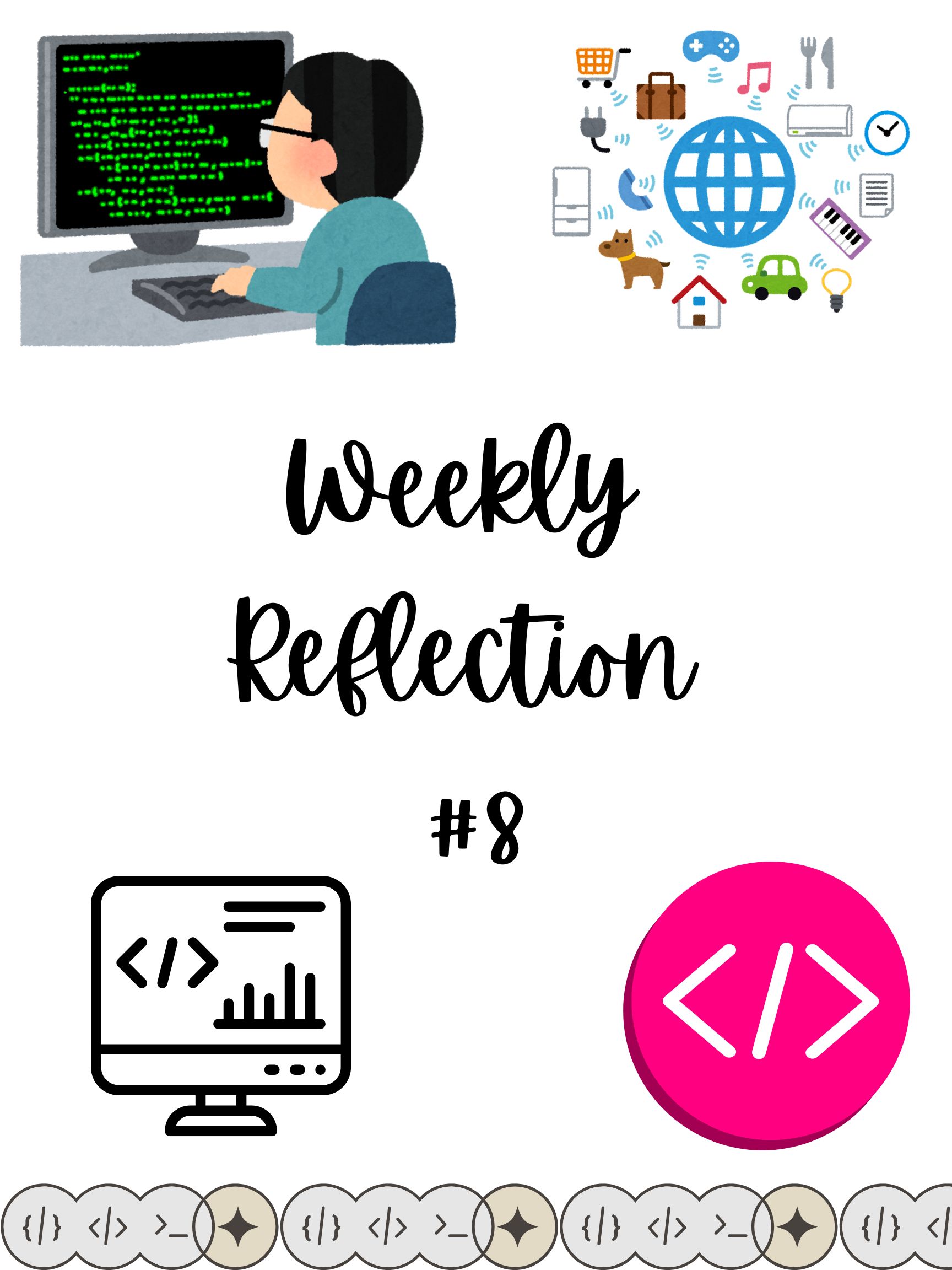All about Coding!

Image Source: iTechskills.ca
What is Coding?
Coding is the process of creating instructions for computers to follow. It allows people to build websites, apps, games, and more by writing algorithms that solve problems or perform tasks.

Image Source: Ultimatecoders.ca
Some Resources to Start Coding in the Classroom?
There are many websites that can introduce students into coding, three great ones are:
Scratch: A tool where you create animations, stories, and games by combining blocks of code together. It’s easy for kids and helps them learn logic.
Code.org: A website for beginners to learn coding through fun games and lessons. The “Hour of Code” offers quick, easy-to-understand projects.
Tynker: A platform for learning coding through puzzles, challenges, and games. It’s designed to be fun and helps kids practice real coding skills with step-by-step instructions.
What is Hour of Code?
Hour of Code is a global initiative that encourages students of all ages to try coding through one-hour tutorials. It aims to make coding more accessible to everyone. The program provides fun and interactive lessons on coding basics, making it easy and enjoyable for beginners. Resources for the Hour of Code are free and can be found on platforms like Code.org!

Image Source: Sault Ste. Marie Innovation Centre
Does Coding Fit into the British Columbia Curriculum?
Yes! After looking into the grade 6 BC curriculum, I found that coding can be integrated into the Applied Design, Skills, and Technologies (ADST) curriculum, particularly in prototyping, testing, and making stages. Students can use coding to create digital prototypes, and test their ideas by developing simple programs or games. Coding encourages problem-solving and critical thinking, aligning well with the ADST focus on hands-on learning and technology use.

Image Source: Hartcollege.ca
What Are The Benefits of Coding?
There are so many benefits to teaching students coding from a young age! Some of which include:
Increased problem-solving skills: Coding helps kids think critically and figure out solutions step by step.
A Creativity boost: Students will get to use their imaginations to bring their ideas and visions to life, which with spark creativity.
Increased teamwork: Working on coding projects encourages collaboration and learning from others.
Students who are prepared for a future of technology: Coding skills open up many career options in tech fields.
Increased logical thinking: Coding teaches how to break down complex problems into smaller, manageable pieces.
Potential Limitations/Drawbacks?
Overemphasis on screen time: These days, there seems to be a lot of complaints on how children need to spend less time on screens and more time outside, so integrating coding into a classroom could be controversial. To combat this, you can balance technology with outdoor time to ensure students are being active and getting fresh air. You could also look into unplugged coding activities!
Limited resources: Some schools may not have access to computers/electronic devices. However, unplugged coding could also be a solution for this. Utilizing the many free coding websites available across the web is a way to make coding more cost effective and accessible to everyone!
